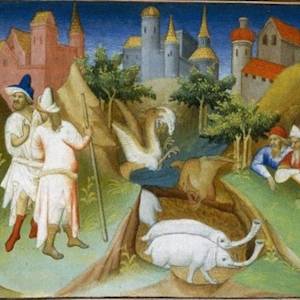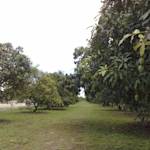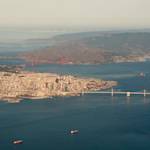Incan Flood Myth
1500s • Peru
"In ancient times, this world wanted to come to an end. A llama buck, aware that the ocean was about to overflow, was behaving like somebody who's deep in sadness . . . The llama's owner got really angry, and he threw the cob from some maize he had just eaten at the llama. "Eat dog! This is some fine grass I'm letting you rest in!" he said. Then the llama began speaking like a human being. "You simpleton, whatever could you be thinking about? Soon, in five days, the ocean will overflow. It's a certainty. And the whole world will come to an end," it said. The man got good and scared. "What's going to happen to us? Where can we go to save ourselves?" he said. The llama replied, "Let's go to Villca Coto mountain. There we'll be savd"...When they arrived at Villca Coto mountain, all sorts of animals had already filled it up: pumas, foxes, guanacos, condors, all kinds of animals in great numbers. And as soon as that man had arrived there, the ocean overflowed. They stayed there huddling tightly together."
- From the Huarochiri Manuscript, a text in Classical Quechua from the late 16th century
The Huarochiri Manuscript: A Testament of Ancient and Colonial Andean Religion, (United States: University of Texas Press, 1991), 29.
Image: 17th-century map of "The Province of Huarochiri," the modern department of Lima
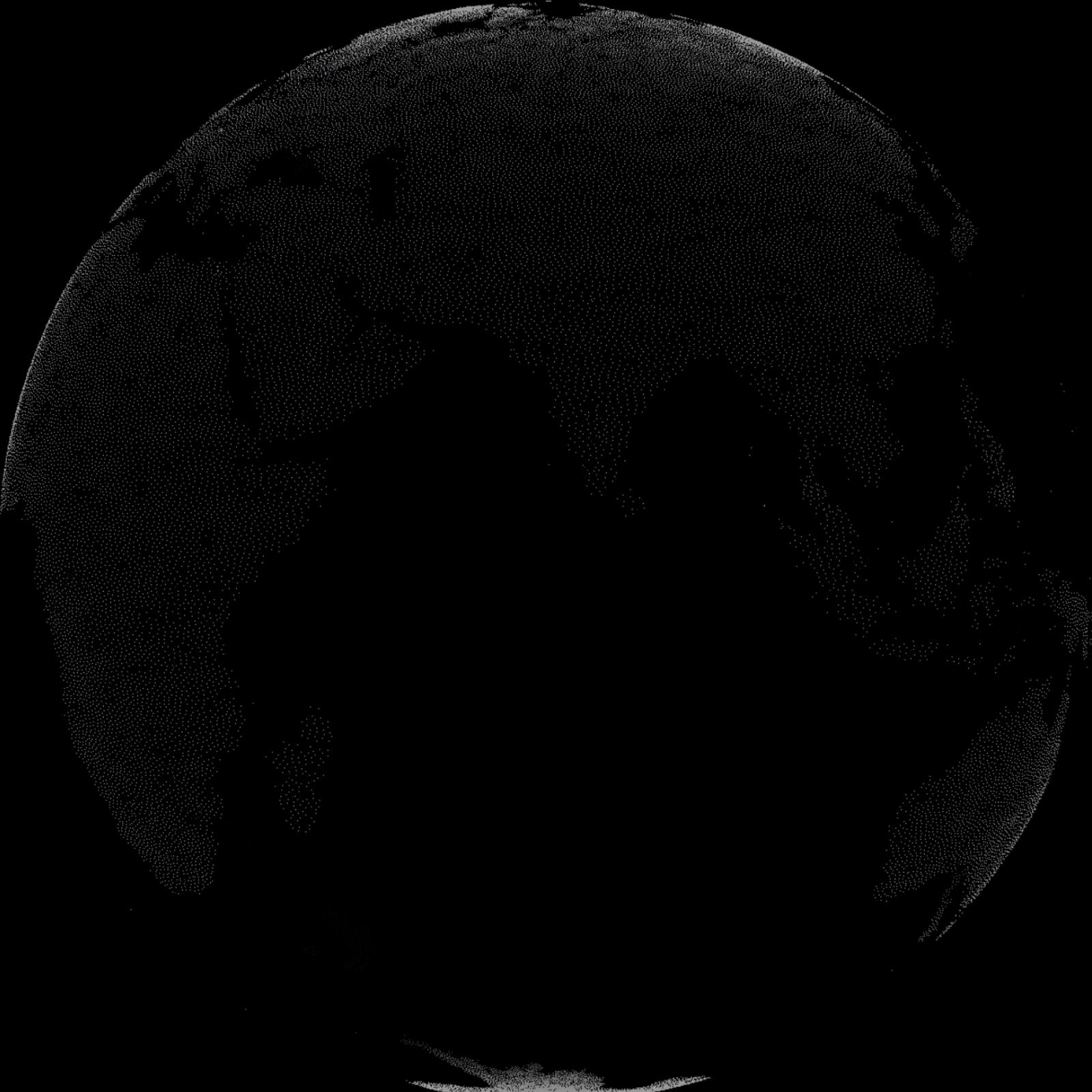

Learn about Maya Lin’s fifth and final memorial: a multi-platform science based artwork that presents an ecological history of our world - past, present, and future.
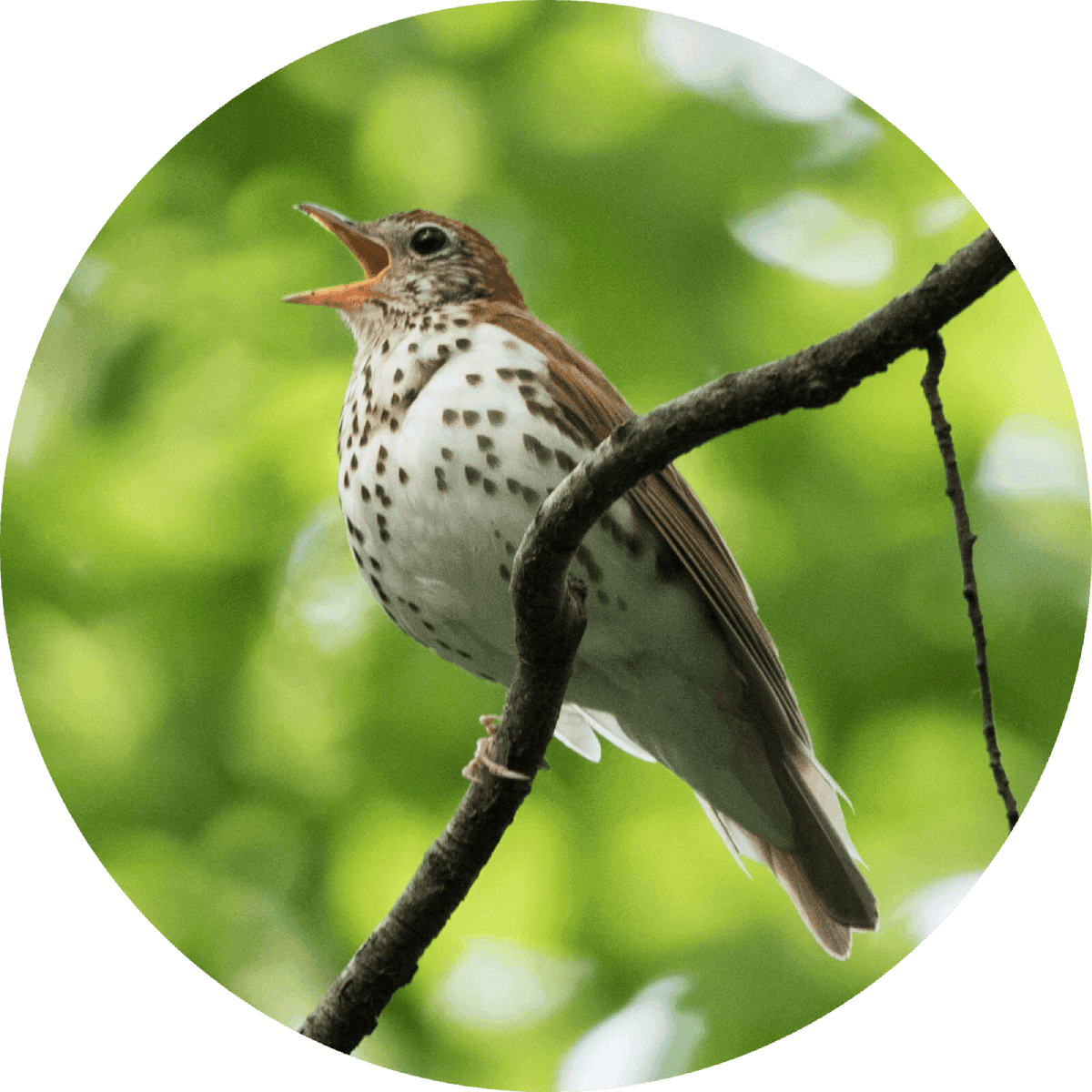
Discover ecological histories and stories of former abundance, loss, and recovery on the map of memory.
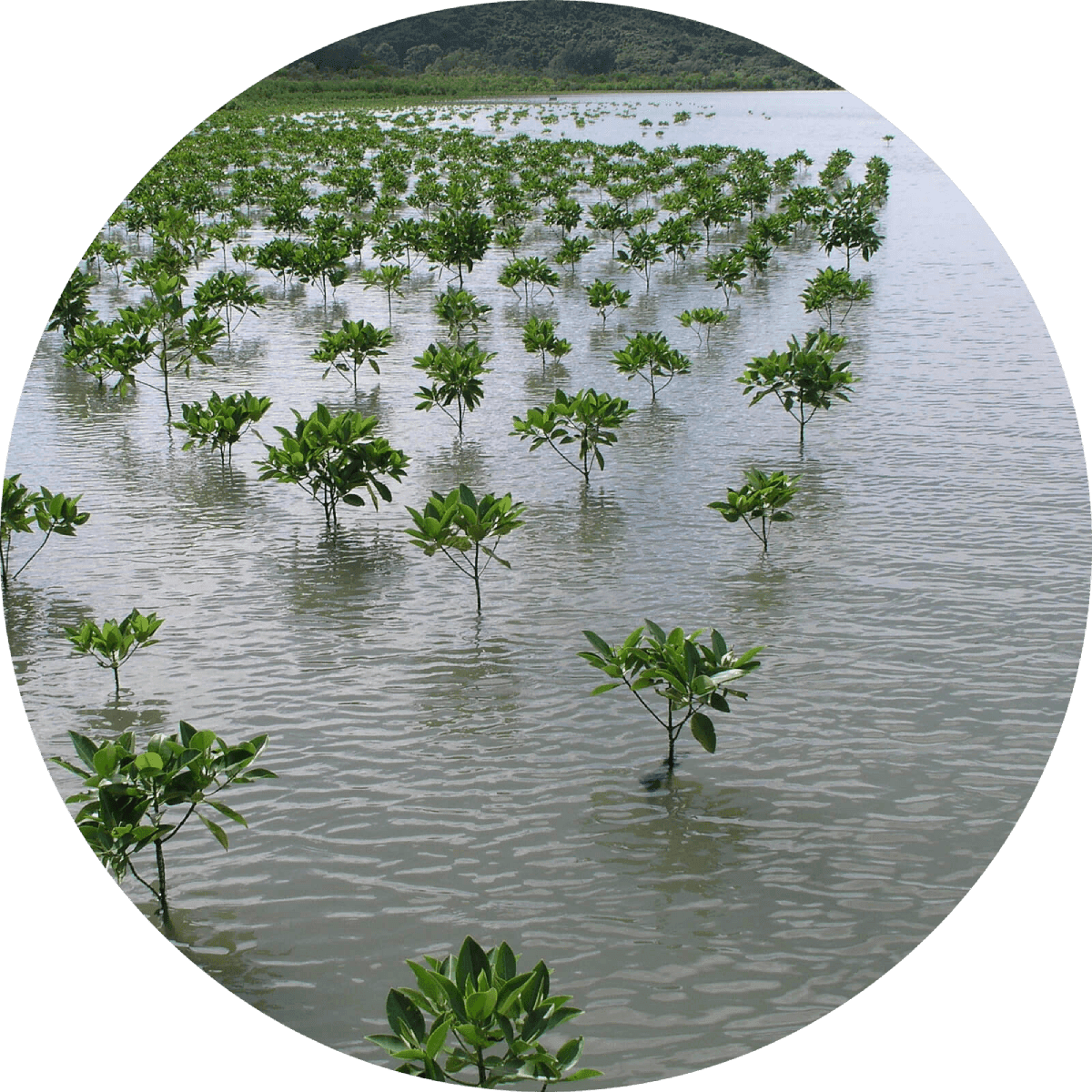
Learn how we can reduce our emissions and protect and restore species and habitats – around the world.

See how art can help us rethink the problems we face, and give us hope that each one of us can make a difference.
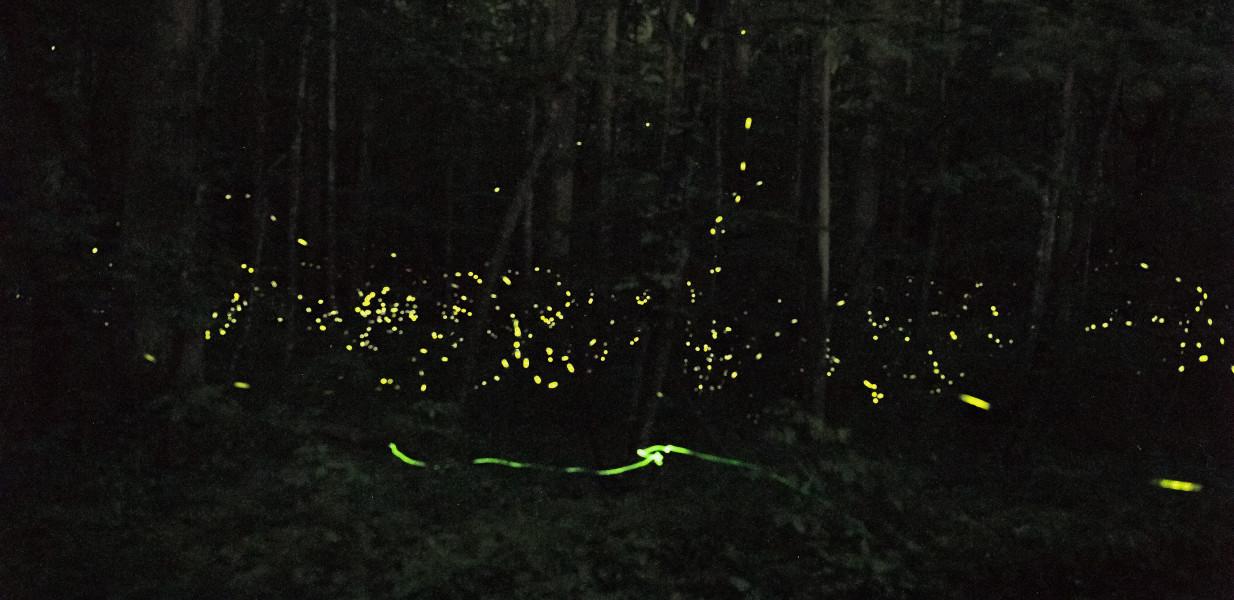
Help make a global memorial something personal and close to home. Share your stories of the natural world.
